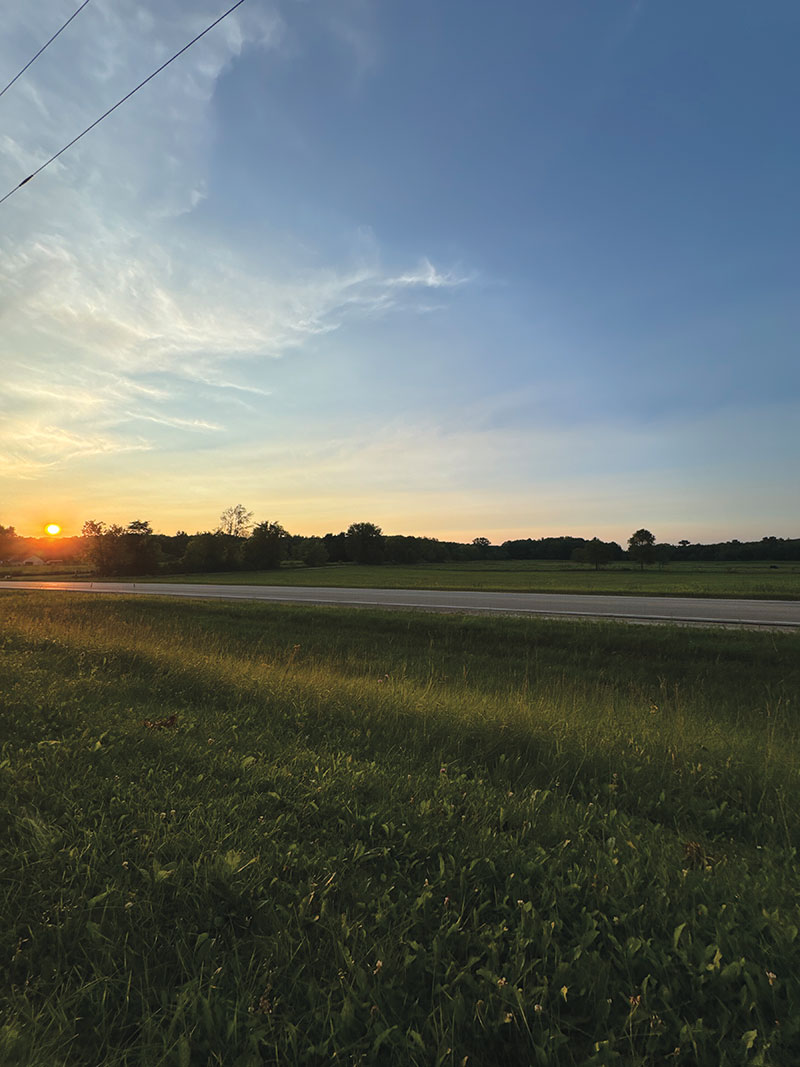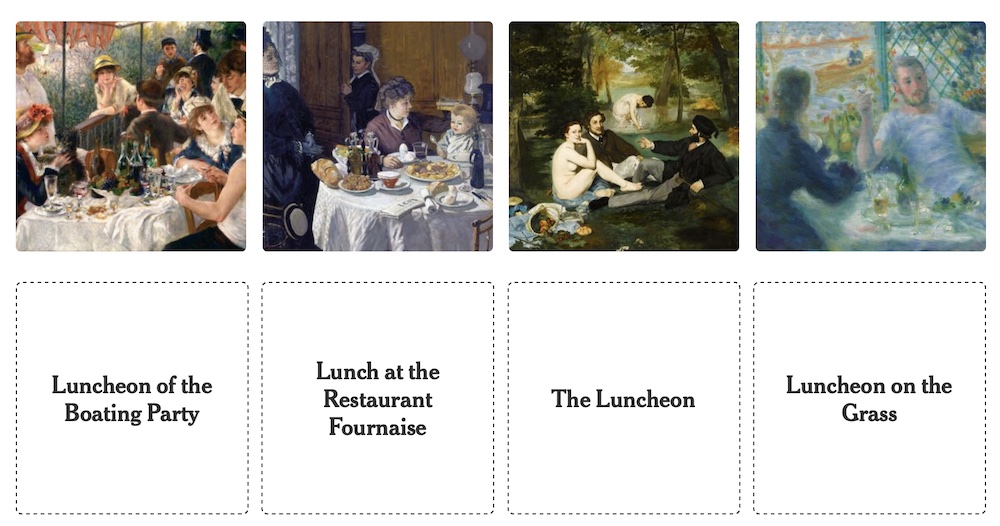The Poor Farm: Creative Experimentation Mines History In Rural Wisconsin

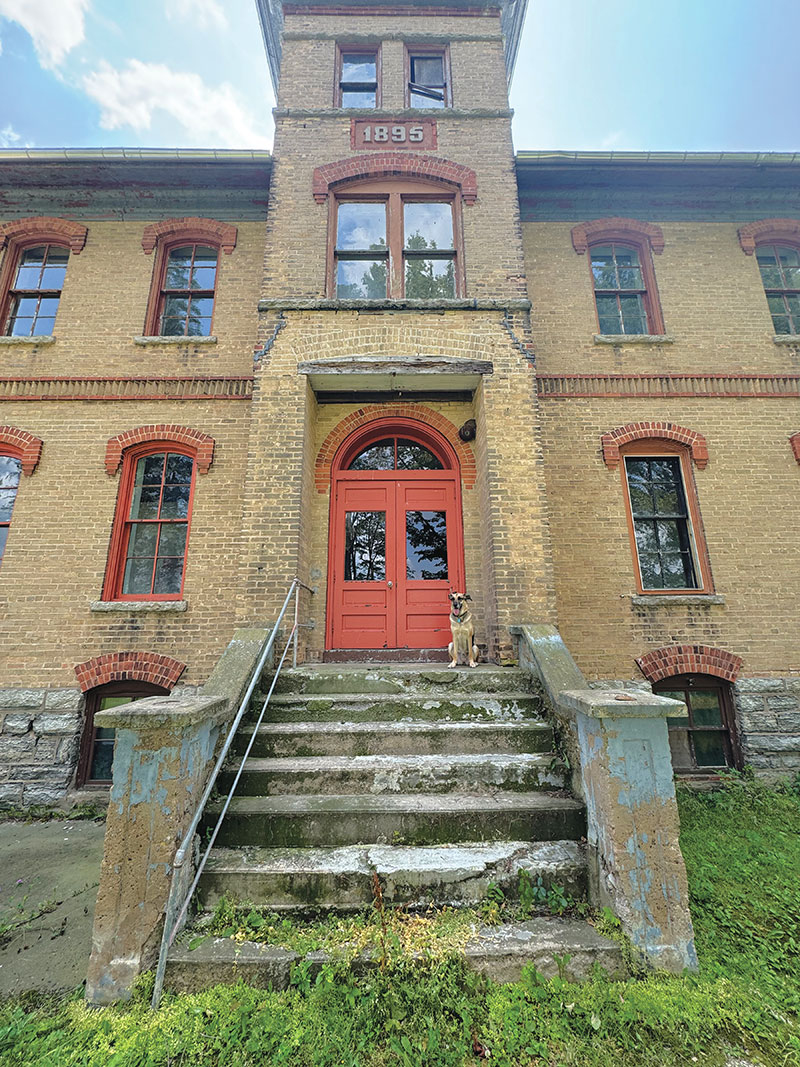
By BIANCA BOVA
In 2008, the artists Michelle Grabner and Brad Killam acquired the Waupaca County Poor Farm in the rural environs of Little Wolf, Wisconsin. In addition to their respective practices as artists and careers as educators, the couple was, by then, well known for their long tenure as the proprietors of The Suburban, the storied backyard gallery space in Oak Park, Illinois (which later followed them to its current location in Milwaukee, Wisconsin). The Poor Farm was to become, Killam said at the time, The Suburban’s “rural cousin.”
The Waupaca County Poor Farm was established in 1876. Its poor house, which still stands on the property, once housed Wisconsinites who, considered public charges unable to support themselves, were sent there and provided barebones room and board in exchange for their labor on the land. It operated as such in tandem with the larger American Outdoor Relief system–prevalent throughout the Midwest at the time–and shuttered when the system was discontinued with the advent of the Social Security system in the late 1930s.
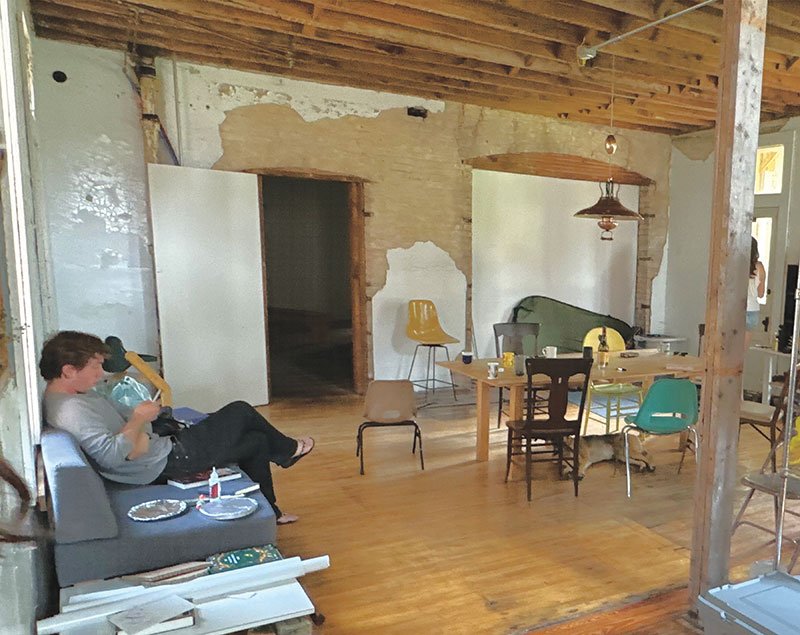
Once they came into ownership of the 2.7 acre compound, Grabner and Killam set about making the necessary renovations, which included the removal of decades worth of junk from the building (ten dumpsters worth, to be exact), the addition of a new roof, and an overhaul of its heating and plumbing systems. While conditions may still seem austere by comparison to some other artist residency centers, those who stay have access to a kitchen, a bathroom, a space to sleep in the 2,500 square foot dormitory, and, of course, to workspaces. If they stay inside, they may at any time find themselves in the company of the colonies of chimney swifts and brown nose bats that the building by circumstance serves to shelter. Those so inclined are welcome to camp outside on the grounds, if preferred. This primitivity offers fidelity to the history of the property, which remains intact to the point of still housing a jail cell in the building’s fieldstone basement, and whose back acreage is still graced by a cemetery alongside the cornfields.

The Poor Farm as an art space has always been billed as an experiment, and it remains true to form as such without ever having sacrificed a sense of overarching structure. Exhibitions are mounted on its ground floor, as well as in the small upper story bedrooms. Since its inaugural exhibition in 2009, the space has played host to shows honoring art historian, poet, and artist Moira Roth; an iteration of Keil Borrman’s Bunker/Repository comprised of an installation designed to hold preserved foods made in collaboration with farmers in Wisconsin and New York State, as well as a seed library, and facilities for fermentation; a historical survey of Gretchen Bender’s video works, including the re-staging of the video performance Total Recall, which later traveled to The Kitchen, New York; and Model Home, an exhibition paying homage to Michael Lesy’s sinister 1973 volume Wisconsin Death Trip, among many others.
While the artists whose works have been included in the last 15 years of exhibitions are far too numerous to name in their entirety, notable among them are: Nelly Agassi, Gregg Bordowitz, Assaf Evron, Francisco Goya, Sky Hopinka, Dorothea Lange, Louise Lawler, Miller + Shellabarger, the Denmark-based multi-dependent exhibition phenomenon Piscine, Cauleen Smith, Faith Ringgold, and Molly Zuckerman-Hartung.
“The Poor Farm attends to the idea and truth of art even more than my combined energies as a studio artist, professor, critic, and curator.”
– Poor Farm Co-Founder, Michelle Grabner
A commitment to openness of form has allowed for a wide range of more amorphous projects to gain a foothold at the Poor Farm as well. It serves, for one, as the home of the David Graeber Institute, an organization devoted to the recognition of the American anthropologist and anarchist activist David Graeber’s (remembered as one of the leading figures of Occupy Wall Street movement) research and scholarship on debt and the wealth gap. The Institute is comprised of a space that is dedicated to the discussion of inequities, social welfare, and the history of the Poor Farm/Poor House system in North America.
The Open Fund, a Milwaukee-based utility conceived of to support ephemeral art-makers and social platforms founded in 2016 is another close collaborator of the Poor Farm. The Open Fund Artist Project Grant supports visual artist initiatives that are experimental, collaborative, and public oriented in a manner unique to individualized communities as well as the culture at large. Intended as an experiment in durational cultural investment, it foregrounds the importance of place and alternative economic exchanges. Funds awarded to recent grantees yielded the presentation of creative and experimental work via film screenings, exhibition series, pop-up presentations, zines and media, educational models, and civic sites in addition to other inventive models of artistic engagements. In 2024 with support from The Andy Warhol Foundation for the Visual Arts Regional Re-granting Program as well as the Ruth Foundation for the Arts the Open Fund was able to award grants for visual arts projects at both the $5,000 and the $10,000 level, for a total potential of $120,000 in funds distributed.
Through the first decade of the Poor Farm, Summer School, a project led by Minneapolis-based artist and educator Aaron Van Dyke was also on site. Gathering artists and engaging in dialogues around art making, teaching, and learning, Summer School aimed to be “an antidote to the shortcomings of formal education, stressing openness, experimental forms of education, and educational and artistic agency,” according to its founder. Over the course of its tenure, faculty and students from University of Wisconsin, Madison; Minneapolis College of Art and Design; the School of the Art Institute Chicago; University of Minnesota, Minneapolis; Northwestern College, Minnesota; Columbia College, Chicago; and St. Cloud State University, Minnesota all participated.
Since 2018, the Poor Farm has been committed to hosting a long-term research residency known as Living Within the Play. Directed by Mark Jeffrey and Kelly Kaczynski of Chicago, the initiative explores, per its directors, “the contingent nature of hosting and gathering, the fleeting and the reverberating, particular to the moment of temporary, intentional assembly.” In addition to the various lengths of group and independent residencies the project hosts at the Poor Farm, an annual summer sister-residency is now on offer in the Umbrian hill town of Monte Castello di Vibio, Italy, where Grabner and Killam maintain another property.
Closer to home, mainstay Wisconsin artist, dealer, and curator John Riepienhoff’s Beer Endowment series, now well-known for apportioning the profits of beer sales to help support artist-run organizations, inaugurated their partnership with Milwaukee’s Company Brewing with the production of Poor Farm Pils. It remains the oldest and best selling beer in the series.
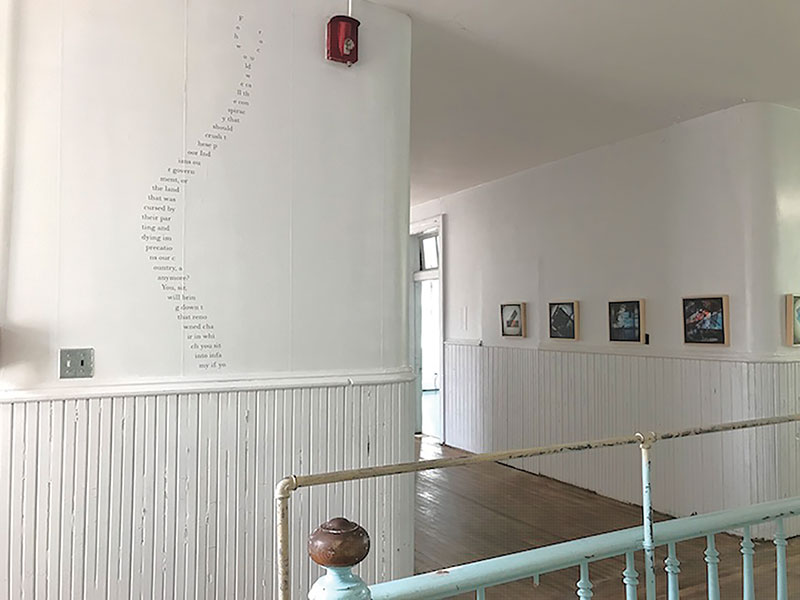
In addition to the residencies, exhibitions, and programming taking place throughout the year, the Poor Farm operates its own publishing imprint, known as Poor Farm Press. The Press has produced exhibition catalogs including Tracking the Thrill: Gretchen Bender; Sky Hopinka; and All Over the Map, the lattermost a catalog documenting a festschrift exhibition celebrating the work and professional achievements of the art historian Moira Roth. Additional publications of note include MOTHERNISM, a work of literary nonfiction by Lise Haller Baggesen examining the intersection of feminism, science fiction, and disco, co-published with Green Lantern Press, and ON PTG, a volume published in conjunction with the College Art Associations annual conference, with papers by Rebecca Morris, Molly Zuckerman-Hartung, Sabina Ott, Peter Halley, Thomas Lawson and others. Poor Farm Press has also produced two attendant publications, Can I Come Over to Your House?, a sprawling 1,200 page review of the first ten years of exhibitions and programming at The Suburban, produced in collaboration with designer and artist Jason Pickleman, and Why Did the Chicken Cross the Road? Original Jokes about The Suburban and the Poor Farm by Artists Who Have Exhibited There, produced in conjunction with a project at Yale School of Art. Forthcoming from the press is Wisconsin, What a Joke: The Indignity of the Cheesehead State, an artist publication that examines Wisconsin as a traditionally progressive pioneer turned riotous partisan fighting ground. Believing in the power and inherent truth of the joke, the publication is a collection of insights, critiques, and observations on the State’s troubling identity.
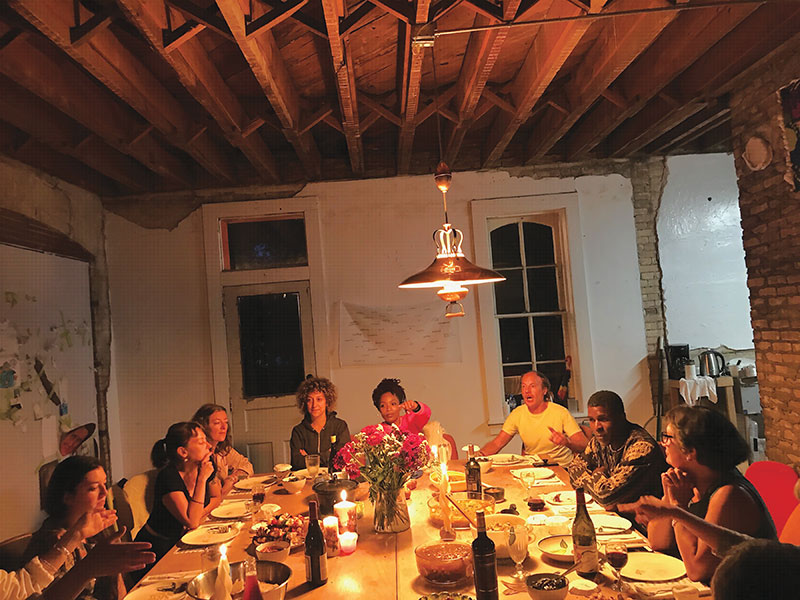
It is perhaps the complete lack of delimitation on the space’s use by its stewards, and their laissez-faire approach to its day-to-day goings on that sets the space apart the most dramatically from its peers.
“The Poor Farm attends to the idea and truth of art even more than my combined energies as a studio artist, professor, critic, and curator,” notes Grabner.
Those visiting in 2024 will be treated to a two-person exhibition of new works by Katharina Grosse and Iñigo Manglano-Ovalle, as well as continuing iterations of Living Within the Play. While the works on view are reason enough to make the roughly three hour drive from Chicago, and the proliferation of tangential projects make for a compelling backdrop to any visit, the property itself remains a worthwhile destination in and of itself. By maintaining an uncompromising commitment to foregrounding the history of the site by way of leaving all that can safely be left in its original condition where it lays at the Poor Farm, Grabner and Killam pay deep respect to a dark remnant of our country’s history that in less earnest or sincere hands might have been at best forgotten, and at worst intentionally eradicated in the name of moving on.
In Grabner’s words, “Today the Poor Farm is a perpetual site of humility, wild imaginings, and the perennial unmaking of the instrumentalizing values that underpin many aspects of contemporary transactional culture. Today’s Poor Farm is intentionally the unsettled ‘other’ that lives in opposition to the out-come driven moral values that produced the Poor Farm System.”
If there is a unifying facet to all that its proprietors have done across the many and varied projects they have touched throughout their shared and respective decades-long careers, it is perhaps this: with an unflinching gaze, they have looked upon our collective Midwestern past for all its hideousness and all its heart, and met it with unwavering commitment to acting as a resource for those who continue to be drawn to excavate meaning from it. Nowhere, perhaps, can this be felt more keenly than on a warm summer’s night, camped out on the grounds of the Poor Farm, beneath the dark and star-filled sky in Waupaca County.
